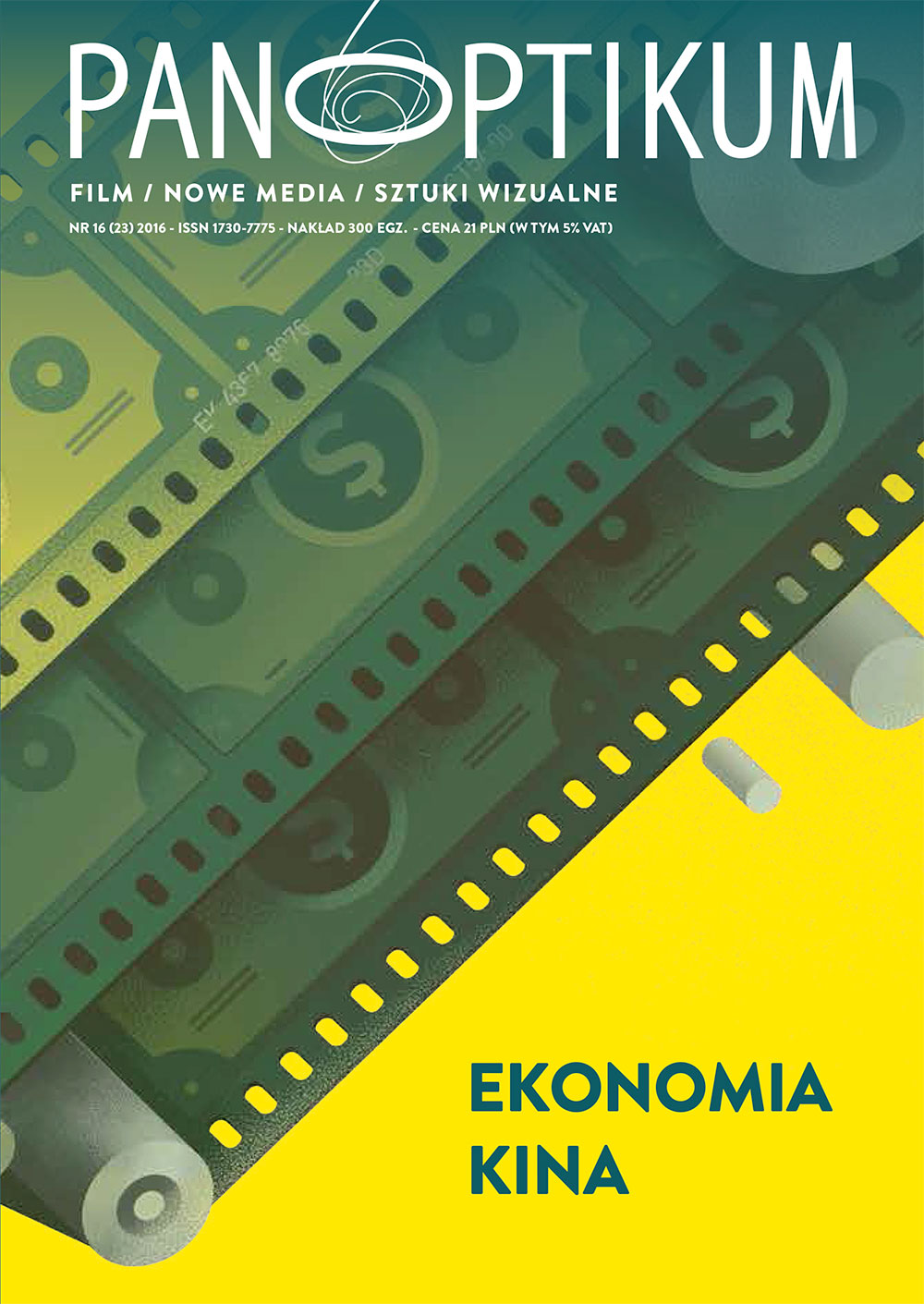Czynniki hamujące rozwój skandynawskiego horroru
w XX wieku
Factors Suppressing the Development of the Scandinavian Horror in the 20th Century
Author(s): Piotr WajdaSubject(s): Film / Cinema / Cinematography
Published by: Wydawnictwo Uniwersytetu Gdańskiego
Summary/Abstract: While researching the Scandinavian horror, it can be noticed that film historians compared appearance and development of the Swedish Film School to German Expressionism. Although sharing many elements, the Scandinavian filmmakers from that era seem to play second fiddle. The Swedish premiere of Benjamin Christensen’s Häxan in 1922 showed real problems related to horror and its reception in the conservative, at that time, Scandinavian society.The author of this paper analyses several causes that were responsible for suppression of the Scandinavian horrors development. On that ground, horror genre could not be developed for a long time because of censorship institutions, which were operating especially in Norway and Sweden. Control organs focused on narrowing down the access to violent content in motion pictures. Those limitations led to the situation in which the American horror films were illegally distributed. Furthermore, the next part of the presented paper contains a brief description of the European markets, where horror developed well. Among the suppressing factors, the author analyses demographical and economic issues that influenced the lack of development of horror cinema in Northern Europe. For years, the genre cinema was considered as the opposition to the arthouse cinema, which suddenly changed after Villmark appeared on the screen in 2003.
Journal: Panoptikum
- Issue Year: 2016
- Issue No: 16 (23)
- Page Range: 121-132
- Page Count: 12
- Language: Polish

